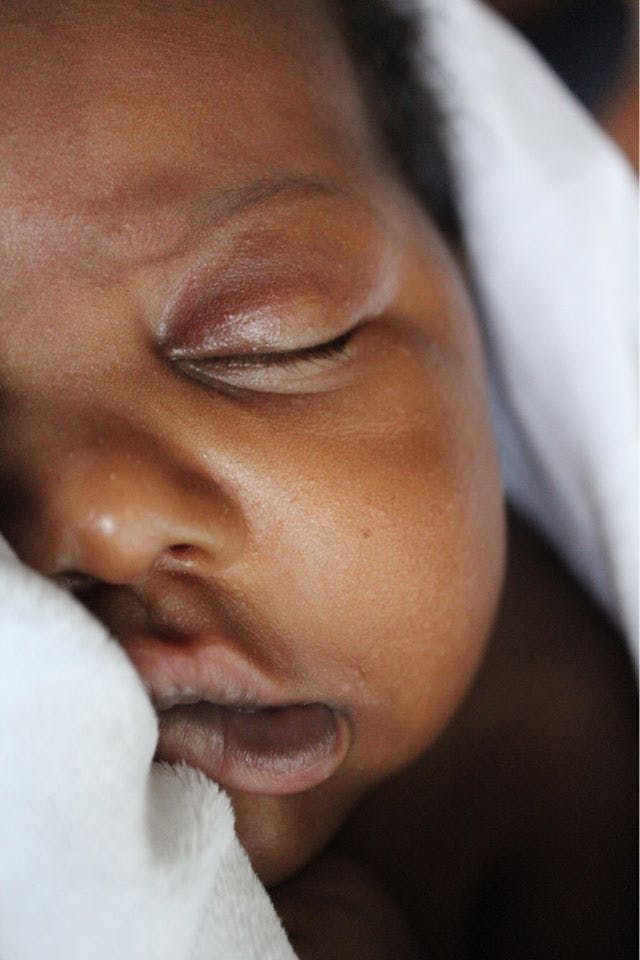OBSTRUCTIVE SLEEP APNEA
Obstructive Sleep Apnea (OSA) is a sleep disorder in which a child's breathing is partially or at times completely blocked during sleep. These blockages typically occur because the muscles and tissues in the throat relax excessively, narrowing the airway. In children, enlarged tonsils and adenoids are often the primary causes of OSA. The resulting pauses in breathing can lead to reduced oxygen levels and disrupted sleep, affecting various aspects of a child’s health and behavior. The presence of excessive snoring is the best way to describe the presence of obstructive sleep apnea in just a few words.
OSA poses serious problems for children. Disrupted sleep can interfere with the secretion of growth hormone, which is needed for proper growth. Additionally, children with OSA may show behavioral issues like hyperactivity and difficulty focusing, symptoms that can mimic attention-deficit hyperactivity disorder (ADHD). Learning difficulties may also arise, as poor sleep can impair cognitive functions such as memory and concentration, affecting academic performance. Cardiovascular issues are another potential risk, as untreated OSA can increase strain on the heart and blood vessels, leading to hypertension and other heart related complications over time. These children might experience increased daytime sleepiness, influencing their mood, behavior, and daily activities.
If you suspect your child has obstructive sleep apnea, it is important to consult us. There are several steps to evaluate the condition. Start by observing and documenting symptoms, including loud snoring, noticeable breathing pauses during sleep, restless sleep, bedwetting, or unusual sleep positions. Take a video of your child's sleep at a time when the snoring is at its worst. We will conduct a physical examination focusing on your child's throat and mouth to check for enlarged tonsils and adenoids, which are common causes of OSA.
To confirm a diagnosis of OSA, a sleep study, also known as polysomnography, may be recommended. This comprehensive test is typically conducted overnight at Arkansas Children's Hospital and monitors various physiological parameters such as sleep stages, breathing patterns, and oxygen levels.
One of the primary symptoms associated with OSA is loud, habitual snoring. It's important to note that while snoring is common in children and not always indicative of a medical problem, if accompanied by other symptoms like breathing pauses, gasping, or choking sounds, further evaluation is necessary.
Treatment options for OSA in children vary depending on the severity of the condition and its underlying causes. If enlarged tonsils or adenoids are contributing to OSA, a surgical procedure called an adenotonsillectomy might be recommended. For children not relieved by surgery or who aren't surgical candidates, Continuous Positive Airway Pressure (CPAP) therapy may be utilized to keep the airway open with a continuous flow of air delivered through a mask during sleep. Additionally, managing a child’s weight through a healthy diet and regular exercise may help reduce symptoms in overweight children.
Addressing allergies with medication or environmental changes can also improve airflow during sleep by reducing nasal congestion. If your child has bad snoring, make an appointment with one of our physicians and come with a video of that snoring.


